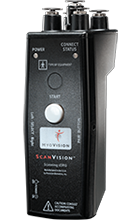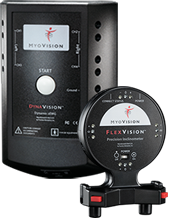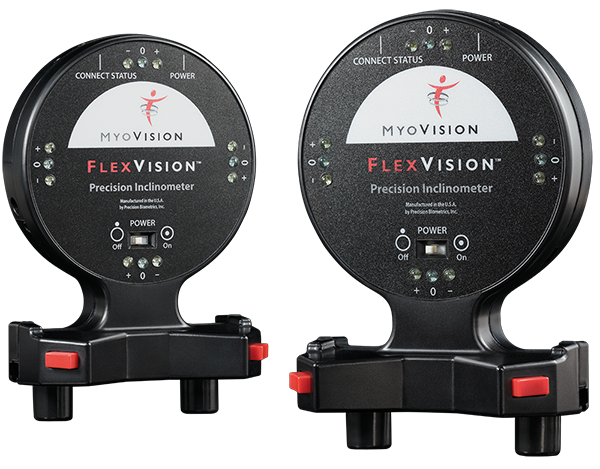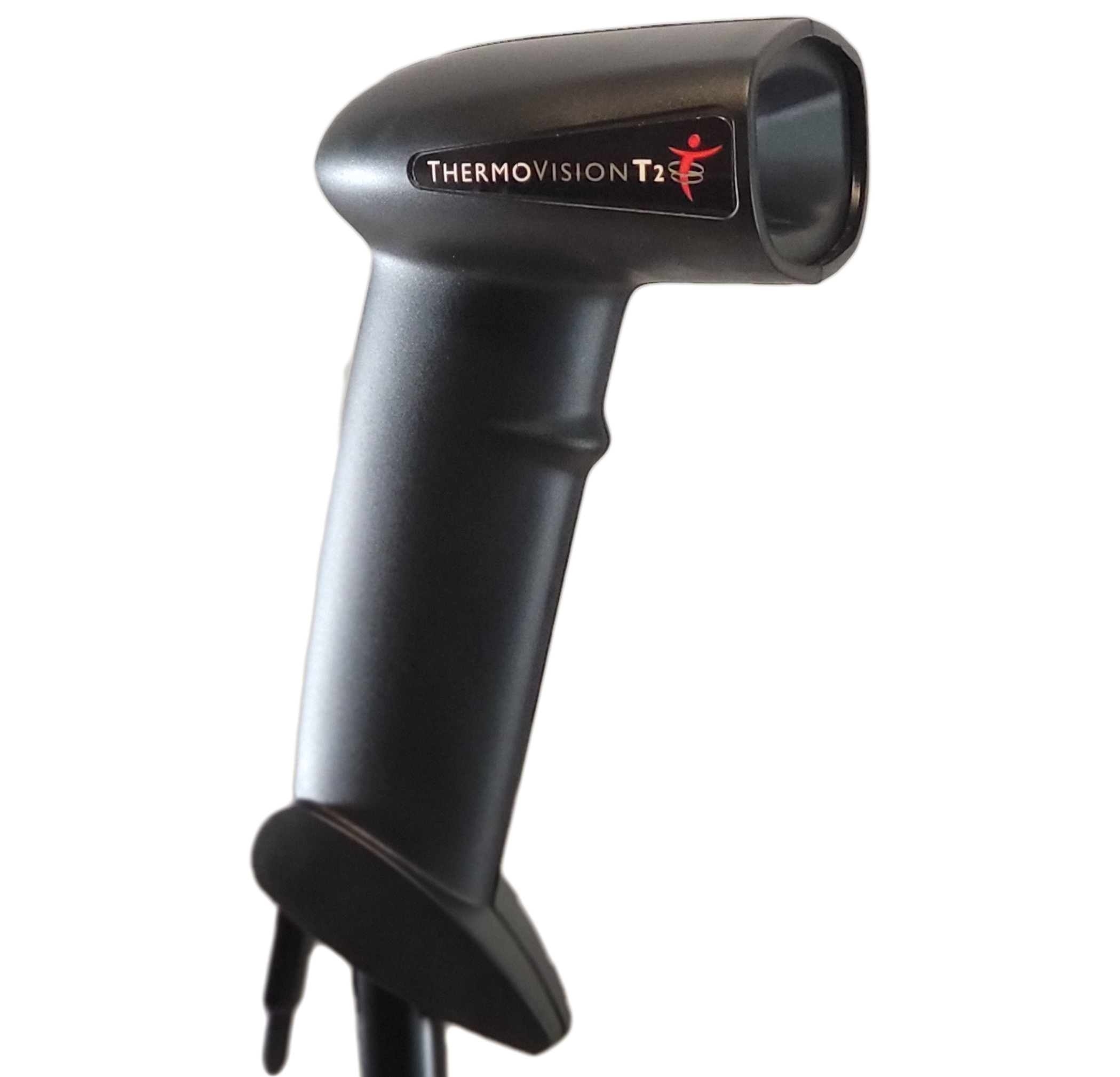Denial Responses
Have you recently received a denial?
This page is a resource to provide insight and history as to why you may have received a denial, and how to respond in order to get payment.
How to Respond to Denials:
- Search the Denial Response Folder for the response that best fits your case.
- When you find the sample letter you are looking for, download it and edit as you see fit.
- Call the adjuster and share the new information you have learned. It’s important the adjuster knows that you are willing to fight to get paid.
- If you receive a second denial, email denials@myovision.com with details. We will need test data, and all correspondences related to the denials with patient information redacted. We will review and let you now the next best course of action. Often it is to request a second level review which is a meeting between you and the adjuster. David Marcarian may also be available to set in on this meeting.
AAEM Denial
This is the most common denial based on the American Association of Electrodiagnostic Medicine paper referred to as “Technology Review.” This paper does not reference surface EMG other than you cannot use it to do needle EMG.
Well in that case it can’t be used to evaluate Thyroid disorder either. In either case it’s irrelevant and does not apply to DynaROM Motion sEMG in the manner it is being used. It states, “This review does not comment on … pain independent of nerve damage.” The DynaROM is looking at muscle guarding, which is a measure of pain and is independent of nerve damage.
“Investigational”
This common denial is based on the DynaROM testing being “investigational,” which would be a good argument if this was 1992.
The Mercy Guidelines only refers to Static sEMG, not Dynamic sEMG, which is clearly written in the guidelines. It also states specific procedure of flexion relaxation are considered “promising,” meaning it is not investigational, and was reimbursed in the 90’s when the research this is based on was conducted.
The takeaway here is that they are referring to Static sEMG as investigational, not Dynamic sEMG.
Supreme Court Case: Merritt vs. Florida DOH, Case 04-1149RX
This case established the DynaROM technology “has achieved a level of medical acceptance as a valuable diagnostic tool for inquires of the spine and upper and lower back.” It is featured in the AMA’s Guide to Range of Motion Assessment, received 2 CPT codes for insurance reimbursement throughout the country.




